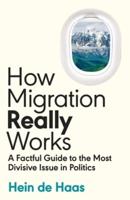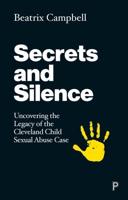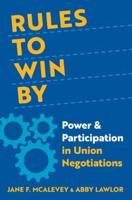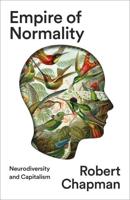Publisher's Synopsis
In recent years, the international community has increasingly recognised international violence against women (VAW) as a significant human rights and global health issue. VAW, which can include both random acts of violence as well as sustained abuse over time, can be physical, psychological, or sexual in nature. Studies have found that VAW occurs in all geographic regions, countries, cultures, and economic classes, with some surveys showing that women in developing countries experience higher rates of violence than those in developed countries. Many experts view VAW as a symptom of the historically unequal power relationship between men and women, and argue that over time this imbalance has led to pervasive cultural stereotypes and attitudes that perpetuate a cycle of violence. U.S. policymakers have generally focused on specific types or circumstances of violence rather than VAW as a stand-alone issue. Congress has authorised and appropriated funds for international programs that address VAW, including human trafficking and female genital cutting. Past and current Administrations have also supported efforts to reduce international levels of VAW - though many of these activities are implemented as components of broader international development initiatives. This book addresses causes, prevalence, and consequences of violence against women. It provides examples of U.S. activities that address VAW directly or include anti-VAW components. It also outlines possible policy considerations for the 110th Congress, including the scope and effectiveness of current U.S. programs; further integrating anti-VAW programs into U.S. assistance and foreign policy mechanisms; strengthening U.S. government co-ordination of international anti-VAW activities; and collaborating with international organisations such as the United Nations on anti- VAW efforts.










